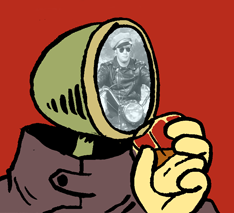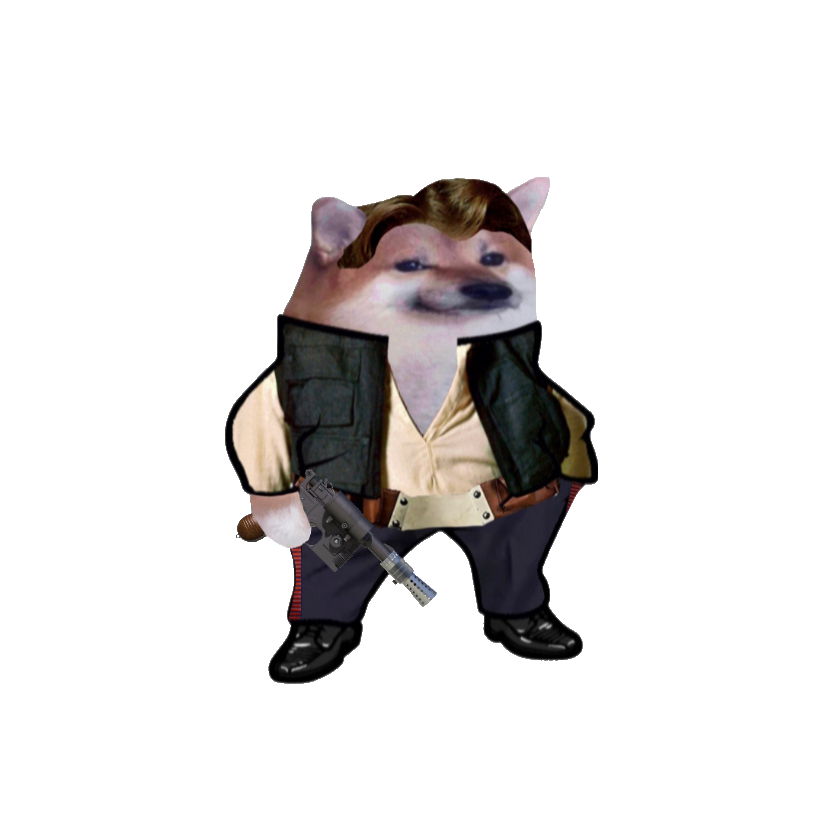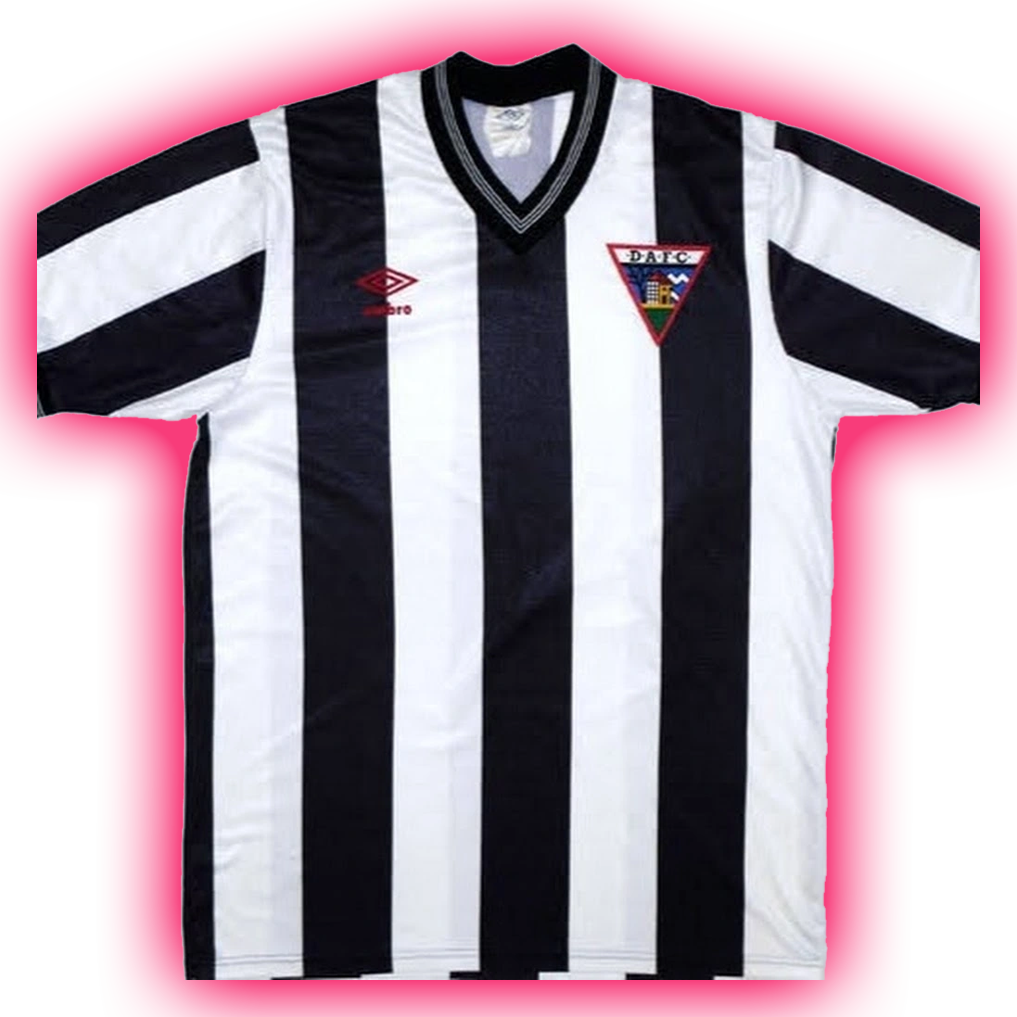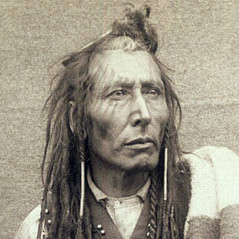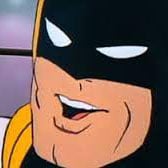its so ubiquitous it feels like it was a requirement…
There were accusations of using a laugh track - recorded laughter added in post-production - so having authentic laughter was a selling point if you’d stumbled across a show coming on after something else.
I’m sure those ones also used laugh tracks, because they didn’t say “Actual audience laughter.”
Filmed in front of people who are being told when to laugh just doesn’t sound as good, but that’s showbiz
They’d mix in laughter from earlier takes into later takes. Obviously people are going to laugh more the first time they hear a joke than on the second or third time hearing it. So that seems reasonable to me.
Saying “actual audience laughter” wouldn’t mean it isn’t a laugh track, ie. actual audience laughter recorded from something else. In the end it’s all recorded laughter no matter what they did. So “filmed before a live studio audience” would be the best way to describe it.
Many that were filmed in front of a live audience still had a laugh track. Either to correct them not laughing or not laughing enough at the clearly excellently written jokes, or laughing at things they weren’t supposed to was removed or dampened.
In addition to making the show sound more authentic, there’s a bonus tourism boosting angle: “filmed before a live studio audience” that could include YOU!
One fun thing to do when visiting relatives come to Los Angeles is to go be part of the studio audience of a favorite show. And it’s free. (Maybe not some shows, I haven’t done research.) We took my cousin to “Jeopardy!” back when Trebek was host. Watching later we could hear his distinctive laugh. And it was fun to know the winner ahead of time.
I’ve never wondered that until now. Maybe to differentiate from the sitcoms that used laugh tracks?
The irony is that even the ones filmed before a live studio audience dubbed in laugh tracks.
This is a bit of an oversimplification. Generally, they would use the laughter from the actual audience in attendance. The stands were mic’d but the nature of filming anything is that it will often take multiple takes. Ideally, you get a perfect performance and response on the first take, but that’s not reality. Maybe you got a great laugh, but Jerry clinked a glass loudly over Jason’s line. So they cut and reset, Jerry does the joke again and there’s no mistakes, but the audience response is more muted because they just heard that joke.
The solution here is pretty obvious: grab the laugh from the first take and dub that over the performance from the second take. Technically, you’re misleading the audience at home because that laughter came from a different take, but it would also be misleading to show the home audience the tenth take and you hear the audience murmur awkwardly as if they hated it, when that’s just the response you’ll get from an audience ten takes deep into hearing the same joke.
There’s even the reverse case, where maybe some audience audio just isn’t usable. Nobody notices it on the day, but there was one take you got perfectly the first time, but in editing you hear some guy sneezing loudly while the rest of the crowd is giggling. You could just lose that scene or mute the audience for it, or crossfade into some similar audio you got from the previous scene, or whatever. Other times, your actors might continue a scene but the audience laughs over the next couple of lines, so you fade the crowd. In this way, the audience response is only as fake as the show itself is. Maybe Julia gave a funnier line read in take 3 but Jason hit a run on take 5, so you edit those together, making the best of the stuff you got on the day. Sometimes it was necessary to do the same for the laughs.
It was always preferable to get the real audience response to the actual current take, because if Michael does some physical bit to play off the crowd, you should hear them respond at the appropriate time, even in the middle of a longer laugh. But sometimes the pure documentary fact of what happened in the take that made it to air just isn’t the best version of the show. Ultimately, it’s not a scheme to trick people into thinking the audience responded differently. If anything, a joke that the audience didn’t respond to would get changed on-set rather than fixed in editing. You’d huddle with the writers and go “They don’t like this, what else have you got?” Then you’d feed your actors the new lines and see if they got a better reaction.
tl;dr: Crowd sound in any sitcom that is filmed before a live studio audience is mostly genuine.
For a post-script, even pre-taped outdoor scenes and stuff would be shown to the audience on large monitors so that a) they could follow the story and b) so their reactions could be recorded in the same session, with the same crowd, including the same guy with the staccato laugh so everything sounds consistent across the entire episode.
Sorry this is so long.
Long is okay, because it’s also the most accurate answer
This is a great answer.
Classic Jerry
The formation of television in the USA was different than for movies. The early cameras were incredibly large, required close access to transmission equipment, and needed high ends technical staff to maintain it. Also, Rockefeller Center was built in NYC for the express purpose of being a television studio, the first of its kind in the world.
So, a lot of early television was done on various stages. Since Broadway was nearby, TV companies pulled a lot of theatre acting talent to make television shows. Because these people were used to performing in front of an audience, they brought audiences with them.
Scripted comedies ended up being holdouts in switching to non-audience filming because it was thought that the live audience made the viewing experience better for the television audience. People watching alone could laugh with the audience.
They tried filming in front of dead audiences but it just didn’t work as well
Maybe they did film in front of a dead audience and then just played prerecorded laugh tracks … how are we to know?
It is actually a completely different kind of production. A modern TV show is made in hundreds of takes in any order with loads of repeats, and the result is then cut to make the final show.
Filmed with a live audience implies one more or less continuous take, in order, no repeats, and each actor has to be able to run his or her part perfectly, know every position and line.
That is quite tough in comparison to modern methods, and I am convinced that most modern TV or movie actors would have difficulties with that concept.
In friends the writers and producers are present during the live audience shoots they look at how the live audience reacts to the jokes. If the reactions are mild they take a break and brainstorm on how to make the punchline better. They even asked the audience what went wrong with the joke. I don’t think they shoot in sequence either.
Here’s the documentary https://www.youtube.com/watch?v=YBScomgeX5E
The live 30 rock episodes were amazing
Authenticity.
Shows with a laugh track are basically telling you that the writers producers think certain jokes are funny. And fuck that noise.
Shows without a laugh track generally get laughs because an audience is having fun.
Just because a show was “filmed in front of a live studio audience” that doesn’t meant it didn’t have a laugh track as well. Lots of shows filmed in front of a studio audience ALSO added tons of laugh track
If they didn’t announce it, I’d assume the studio audience had died.
Filmed before a studio audience that met an untimely demise.
like ALF
Clerks is drawn by a live studio audience.
Thats the ugliest bong that Ive ever seen!
Good question, and interesting answers
Also small opportunity to promote !showsandmovies@lemm.ee
filmed in front of a live studio ostrich
Don’t you have some rats to murder, Charlie?
Here’s how friends shoot their episodes https://www.youtube.com/watch?v=YBScomgeX5E



